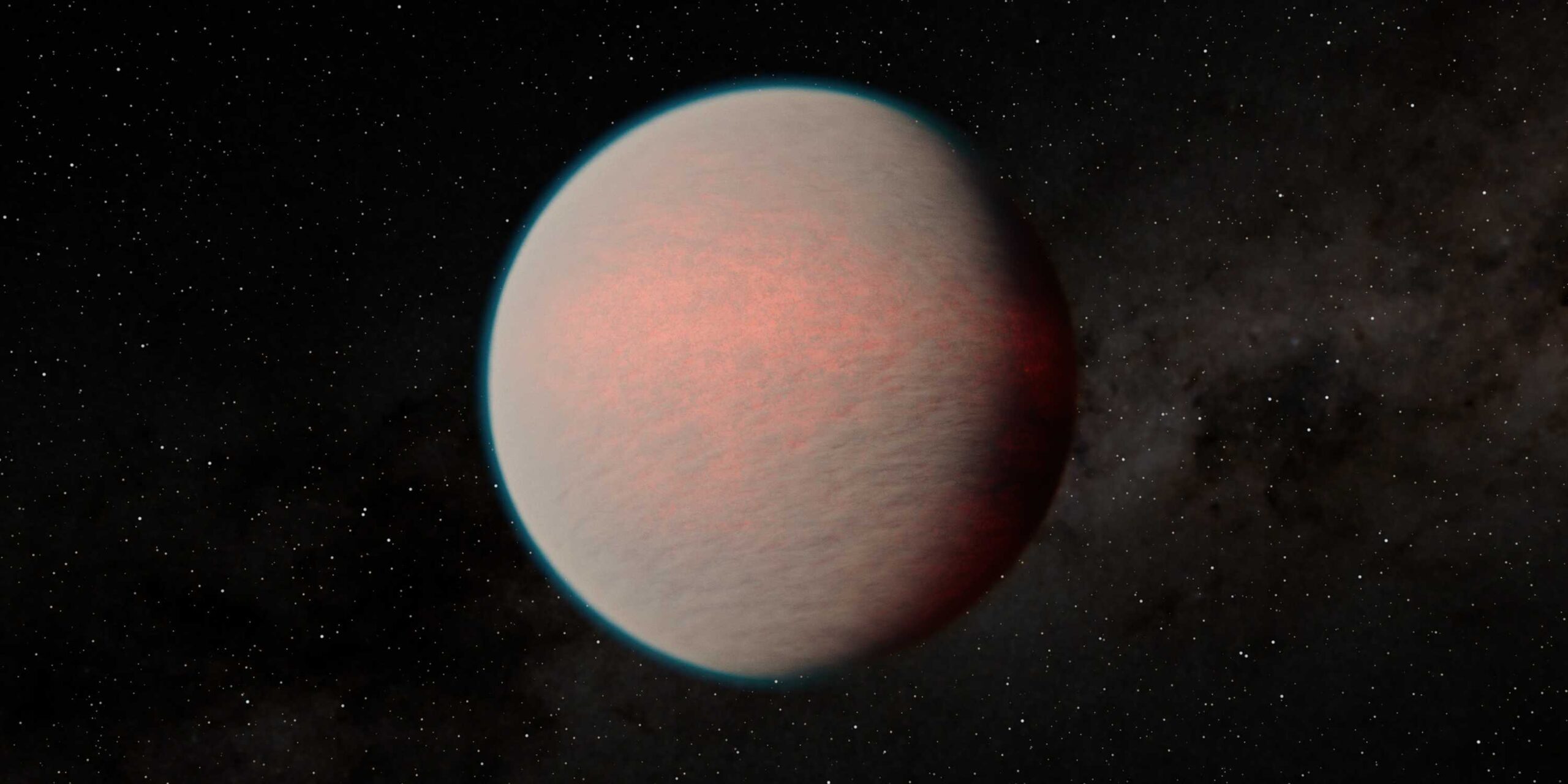
February 4, 2025
Planets contain more water than thought
Most of a planet’s water is generally not on its surface but hidden deep in its interior. This affects the potential habitability of distant worlds, as shown by model calculations of researchers at ETH Zurich and Princeton University.
We know that the Earth has an iron core surrounded by a mantle of silicate bedrock and water (oceans) on its surface. Science has used this simple planet model until today for investigating exoplanets – planets that orbit another star outside our solar system. “It is only in recent years that we have begun to realise that planets are more complex than we had thought,” says Caroline Dorn, Professor for Exoplanets at ETH Zurich.
Most of the exoplanets known today are located close to their star. This means they primarily comprise hot worlds of oceans of molten magma that have not yet cooled to form a solid mantle of silicate bedrock like the Earth. Water dissolves very well in these magma oceans – unlike, for instance, carbon dioxide, which quickly outgasses and rises into the atmosphere.
The iron core is located beneath the molten mantle of silicates. So how is the water distributed between the silicates and the iron? This is precisely what Dorn has investigated in collaboration with Haiyang Luo and Jie Deng from Princeton University with the help of model calculations based on fundamental laws of physics. The researchers present their results in the journal external pageNature Astronomy.
Magma soup with water and iron
To explain the results, Dorn has to go into some detail: “The iron core takes time to develop. A large share of the iron is initially contained in the hot magma soup in the form of droplets.” The water sequestered in this soup combines with these iron droplets and sinks with them to the core. “The iron droplets behave like a lift that is conveyed downwards by the water,” explains Dorn.
Until now this behaviour had only been known to be the case for moderate pressures of the sort that also prevail in the Earth. It was not known what happens in the case of larger planets with higher pressure interior conditions. “This is one of the key results of our study,” says Dorn. “The larger the planet and the greater its mass, the more the water tends to go with the iron droplets and become integrated in the core. Under certain circumstances, iron can absorb up to 70 times more water than silicates. However, owing to the enormous pressure at the core, the water no longer takes the form of H2O molecules but is present in hydrogen and oxygen.
Large amounts of water are also inside the Earth
This study was triggered by investigations of the Earth’s water content, which yielded a surprising result four years ago: the oceans on the Earth’s surface only contain a small fraction of our planet’s overall water. The content of more than 80 of the Earth’s oceans could be hidden in its interior. This is shown by simulations calculating how water behaves under conditions of the kind that prevailed when the Earth was young. Experiments and seismological measurements are accordingly compatible.
The new findings concerning the distribution of water in planets have dramatic consequences for the interpretation of astronomical observation data. Using their telescopes in space and on the Earth, astronomers can under certain conditions measure the weight and size of an exoplanet. They use these calculations to draw up mass-radius diagrams that permit conclusions to be drawn about the planet’s composition. If in doing so – as has been the case so far – the solubility and distribution of water are ignored, the volume of water can be dramatically underestimated by up to ten times. “Planets are much more water-abundant than previously assumed,” says Dorn.
Understanding evolution history
Water distribution is also important if we wish to understand how planets form and develop. The water that has sunk to the core remains trapped there forever. However, the water dissolved in the magma ocean of the mantle can degas and rise to the surface during mantle cooling. “So if we find water in a planet’s atmosphere, there is probably a great deal more in its interior,” explains Dorn.
This is what the James Webb Space Telescope, which for two years has been sending data from space to Earth, is seeking to find. It is capable of tracking down molecules in the atmosphere of exoplanets. “Only the composition of the upper atmosphere of exoplanets can be measured directly,” explains the scientist. “Our group wishes to make the connection from the atmosphere to the inner depths of celestial bodies.”
The new data of the exoplanet called TOI-270d are particularly interesting. “Evidence has been collected there of the actual existence of such interactions between the magma ocean in its interior and the atmosphere,” says Dorn, who was involved in the corresponding publication about TOI-270d. Her list of interesting objects that she wishes to examine more closely also includes the planet K2-18b, which hit the headlines because of the probability of there being life on it.
Are water worlds life-sustaining after all?
Water is one of the preconditions for life to develop. There has long been speculation about the potential habitability of water-abundant Super-Earths – that is, planets with a mass multiple times greater than the Earth and with a surface covered by a deep, global ocean. Then calculations suggested that too much water could be hostile to life. The argument was that in these water worlds a layer of exotic high-pressure ice would prevent the exchange of vital substances at the interface between the ocean and the planet’s mantle.
The new study now reaches a different conclusion: planets with deep water layers are likely to be a rare occurrence as most of the water on Super-Earths is not located on the surface, as has been assumed until now, but is trapped within the core. This leads the scientists to assume that even planets with a relatively high water content could have the potential to develop Earth-like habitable conditions. As Dorn and her colleagues conclude, their study thus casts a new light on the potential existence of water-abundant worlds that could support life.
Caroline Dorn is Professor for Exoplanets in the Department of Physics at ETH Zurich. Her research is part of the external pageNational Centre of Competence in Research PlanetS (NCCR) and the Centre for Origin and Prevalence of Life (COPL) at ETH.
Latest ETH ZÜRICH news
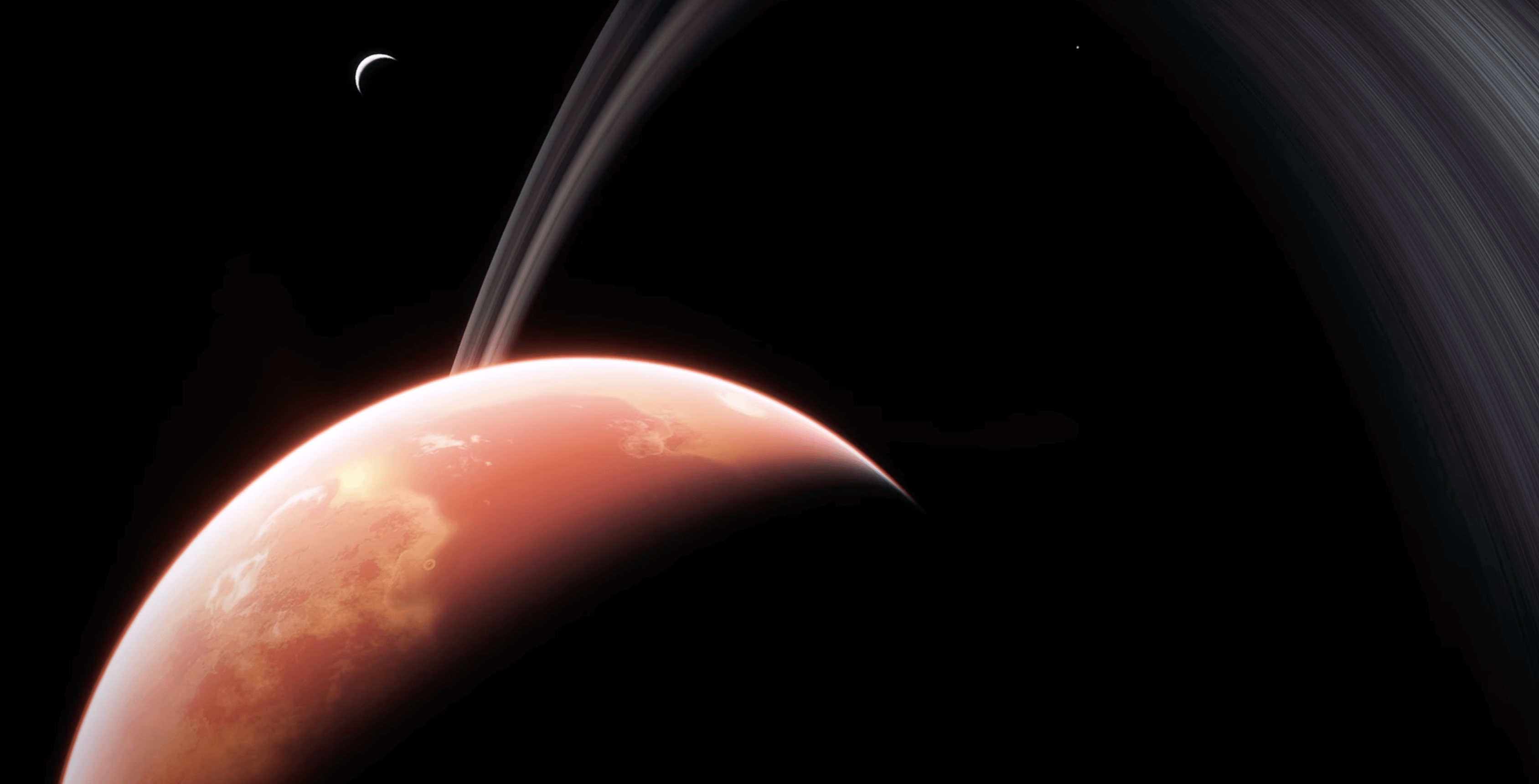
Are we alone in the universe?
In recent years, ETH Zurich has become one of the most renowned centres in the world for researching these matters:the former NASA research head Thomas Zurbuchen has been the Director of ETH Zurich Space since summer 2023.
Play video

ETH Global Lecture: Life on Earth and Beyond
How did life on Earth begin and proliferate? And is there life beyond our planet? At this ETH Global Lecture, Nobel Prize winner Didier Queloz and former NASA research head Thomas Zurbuchen discuss what is already known about the origin of life on Earth and beyond, what projects are underway at ETH Zurich – and what life itself has taught them.
Play video

ETH Global Lecture Series: Who Owns the Moon?
Unlike any other time in human history, humanity sits on the threshold of the universe. As the commercial space industry grows in influence and importance, complex legal and ethical questions emerge. Join us as we navigate the intricacies, gaps, and inconsistencies of space law.
Play video

Prestigious Award for ETH Zurich | Space director Thomas Zurbuchen
30.06.2025 by Mariasole Agazzi
Read more
News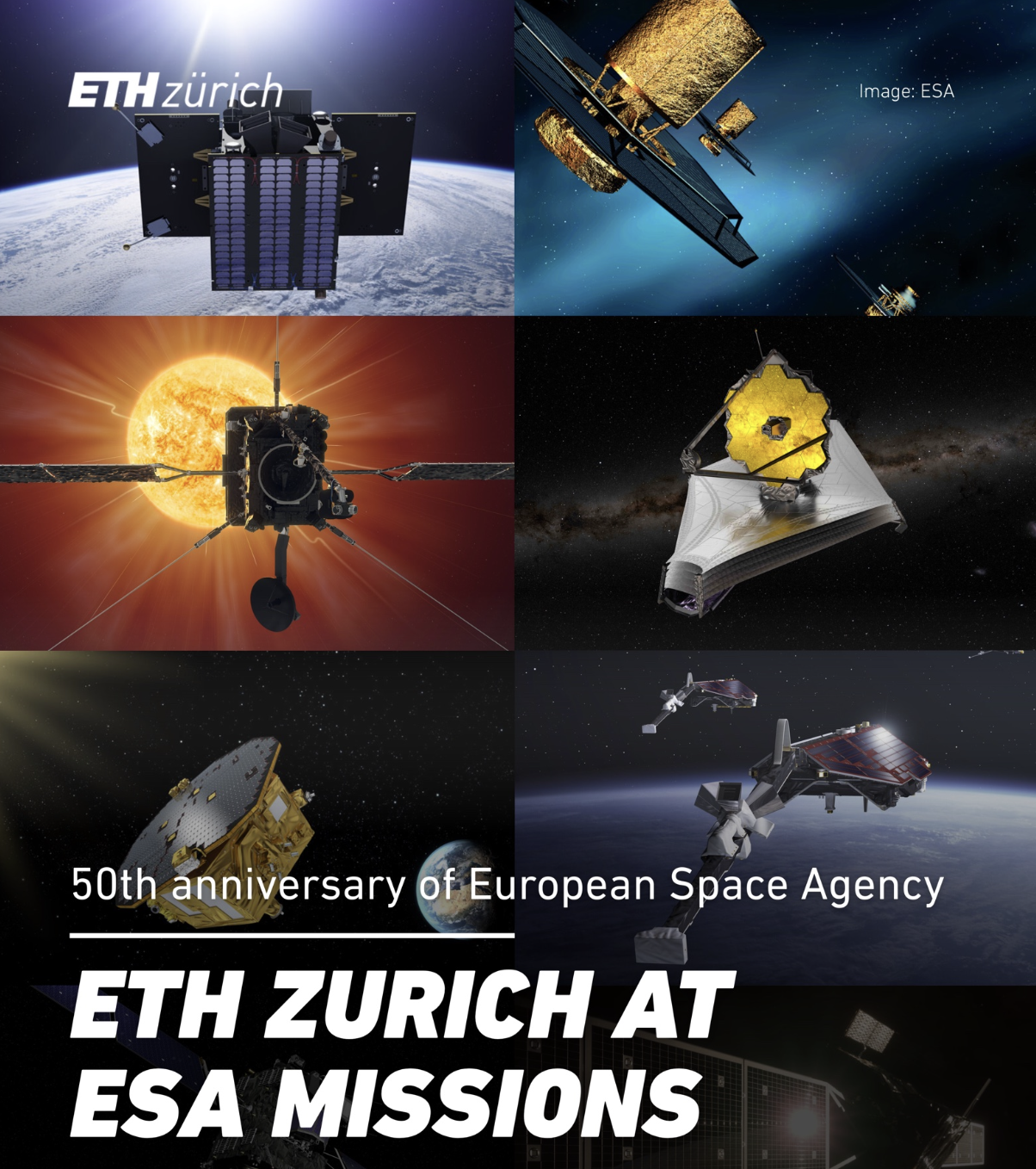
ETH Zurich and ESA: 50 years of collaboration
16.06.2025 by Mariasole Agazzi
Read more
News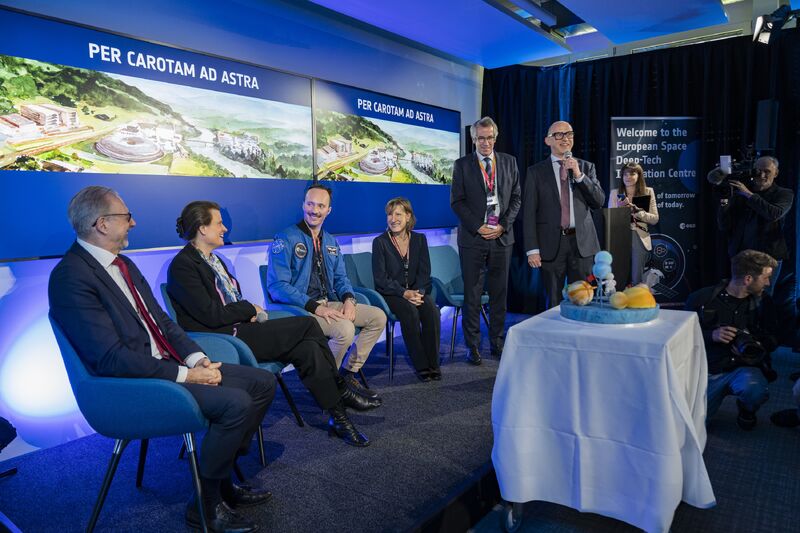
ESA opens first Innovation Centre in Switzerland — with ETH at the forefront
16.06.2025 by Mariasole Agazzi
Read more
News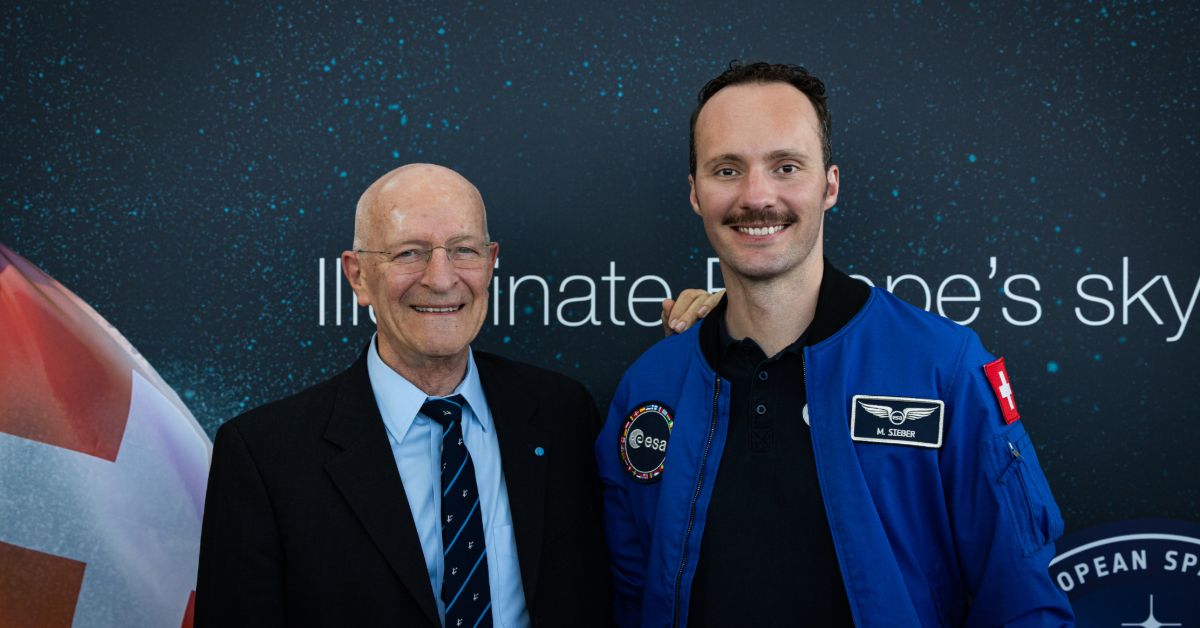
Celebrating milestones — and shaping what is next for space in Switzerland and Europe
16.06.2025 by Mariasole Agazzi
Read more
News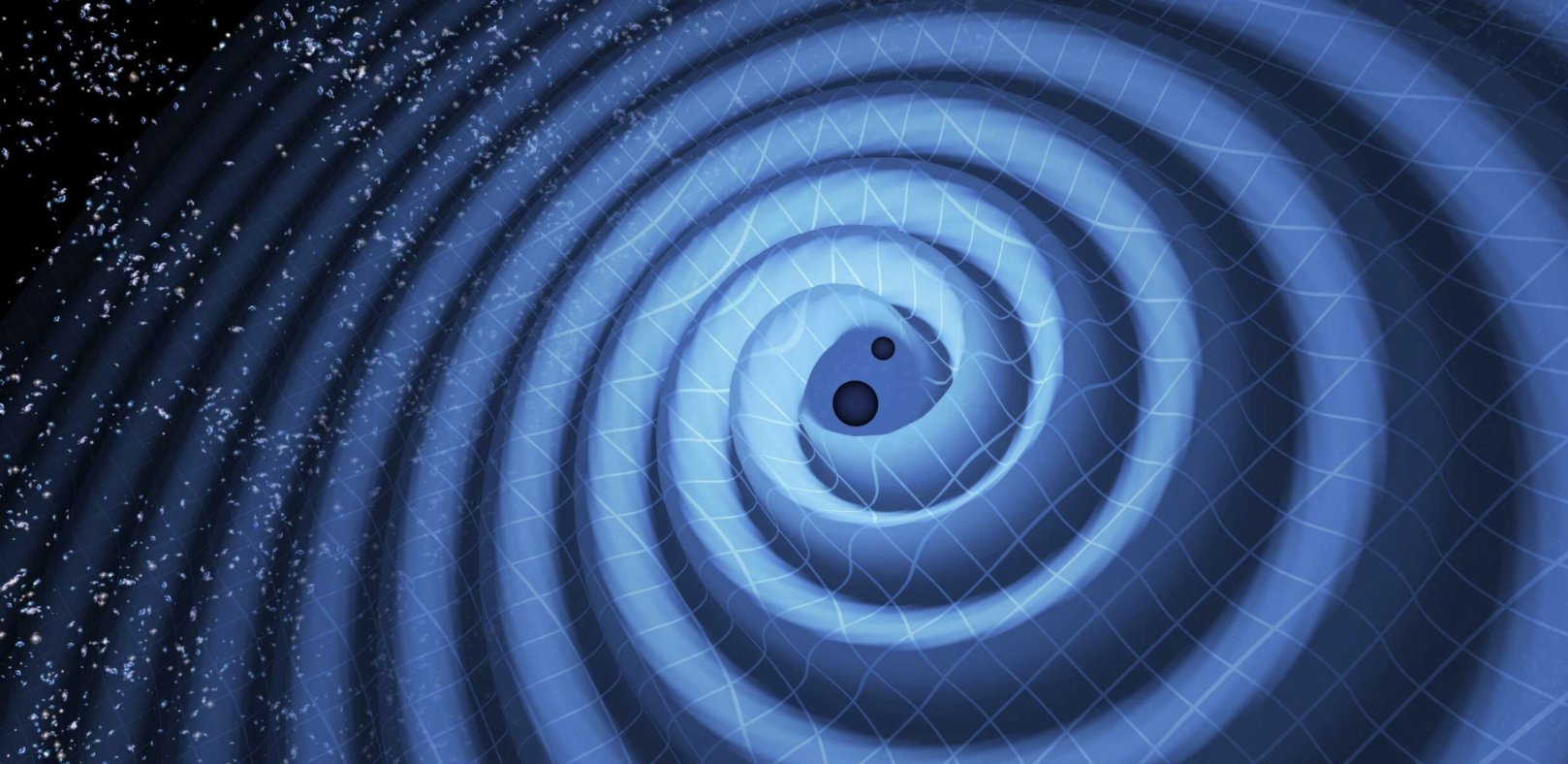
Gravitational-wave astronomy at ETH Zürich
12.05.2025 by Gaia Donati
Read more

Shaping the future of space — from the heart of Europe
10.04.2025 by Nicole Kretschmer, editor-in-chief of the DGLR members' magazine
Read more
News
From ETH Zürich to the edge of space — and beyond!
07.04.2025 by Innovation Park Zurich
Read more
Astronomy & Research
Planets contain more water than thought
04.02.2025 by Barbara Vonarburg, freelance author
Read more
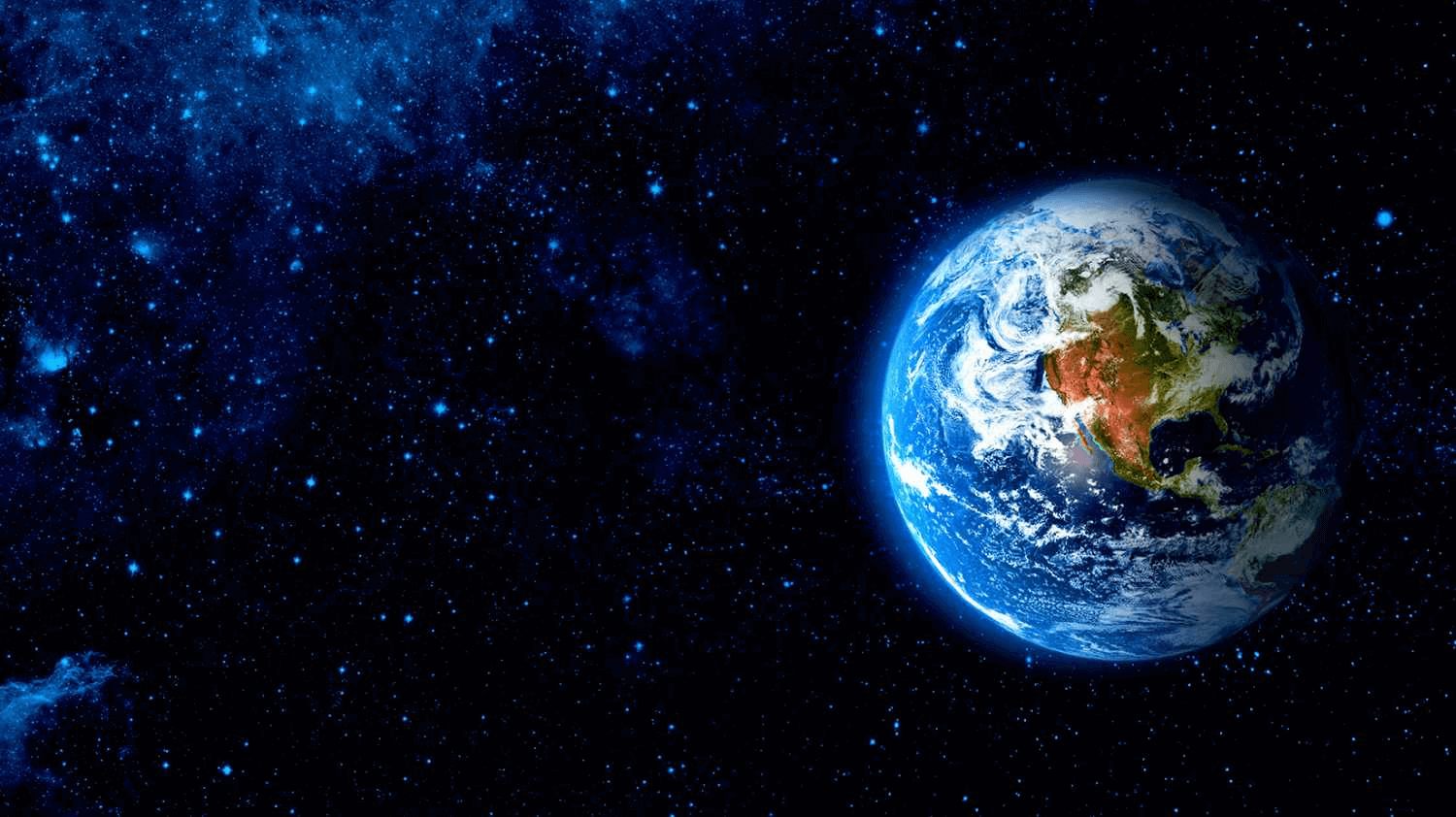
Green Light for LISA
25.01.2025 by Editorial Team
Read more
Earth and Planetary Sciences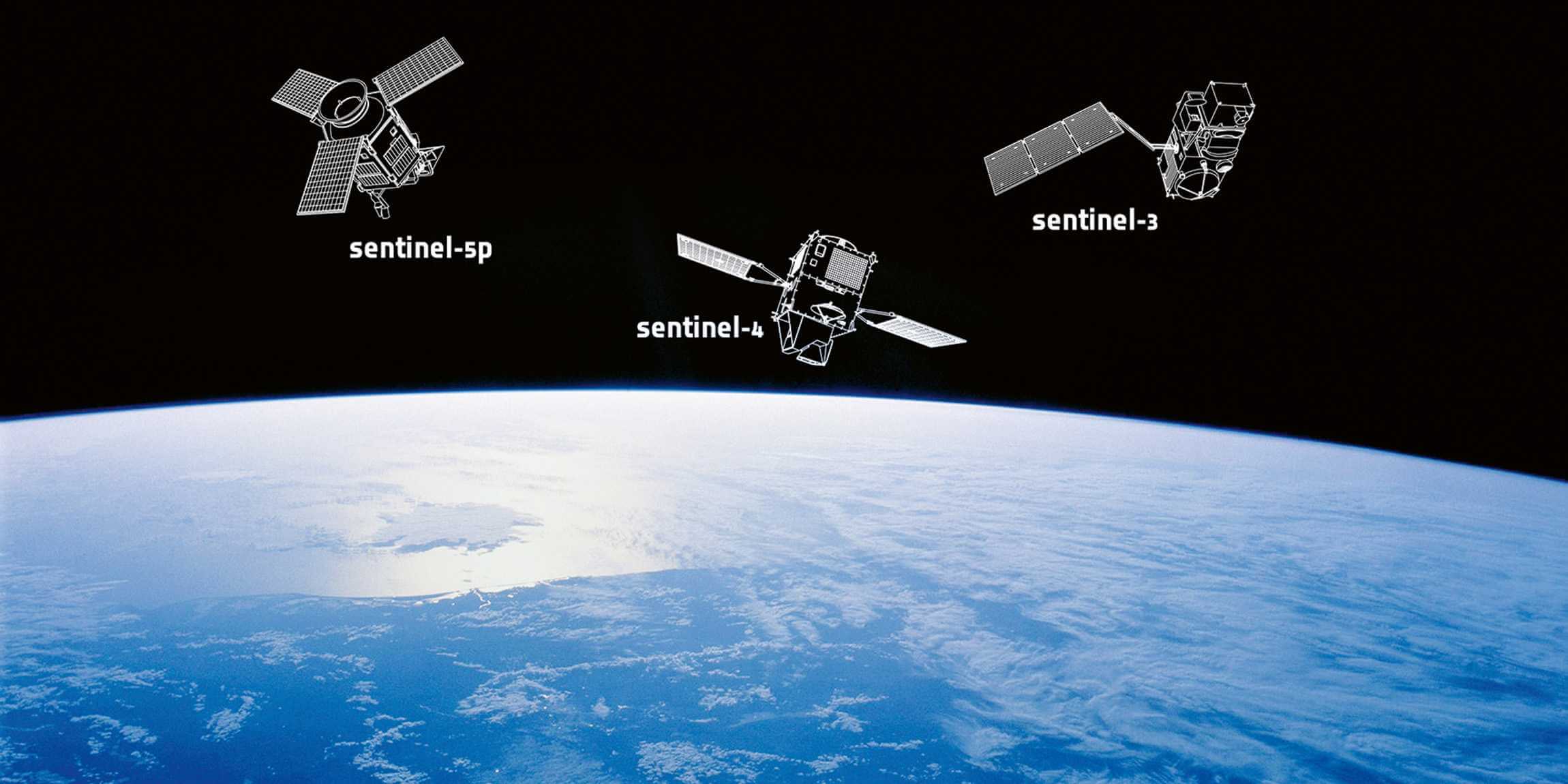
The view from space – and what it tells us
06.01.2025 by Barbara Vonarburg, freelance author
Read more
Space Research
Why we need space exploration
17.12.2024 by Christoph Elhardt and Karin Köchle, Corporate Communications
Read more
Space Research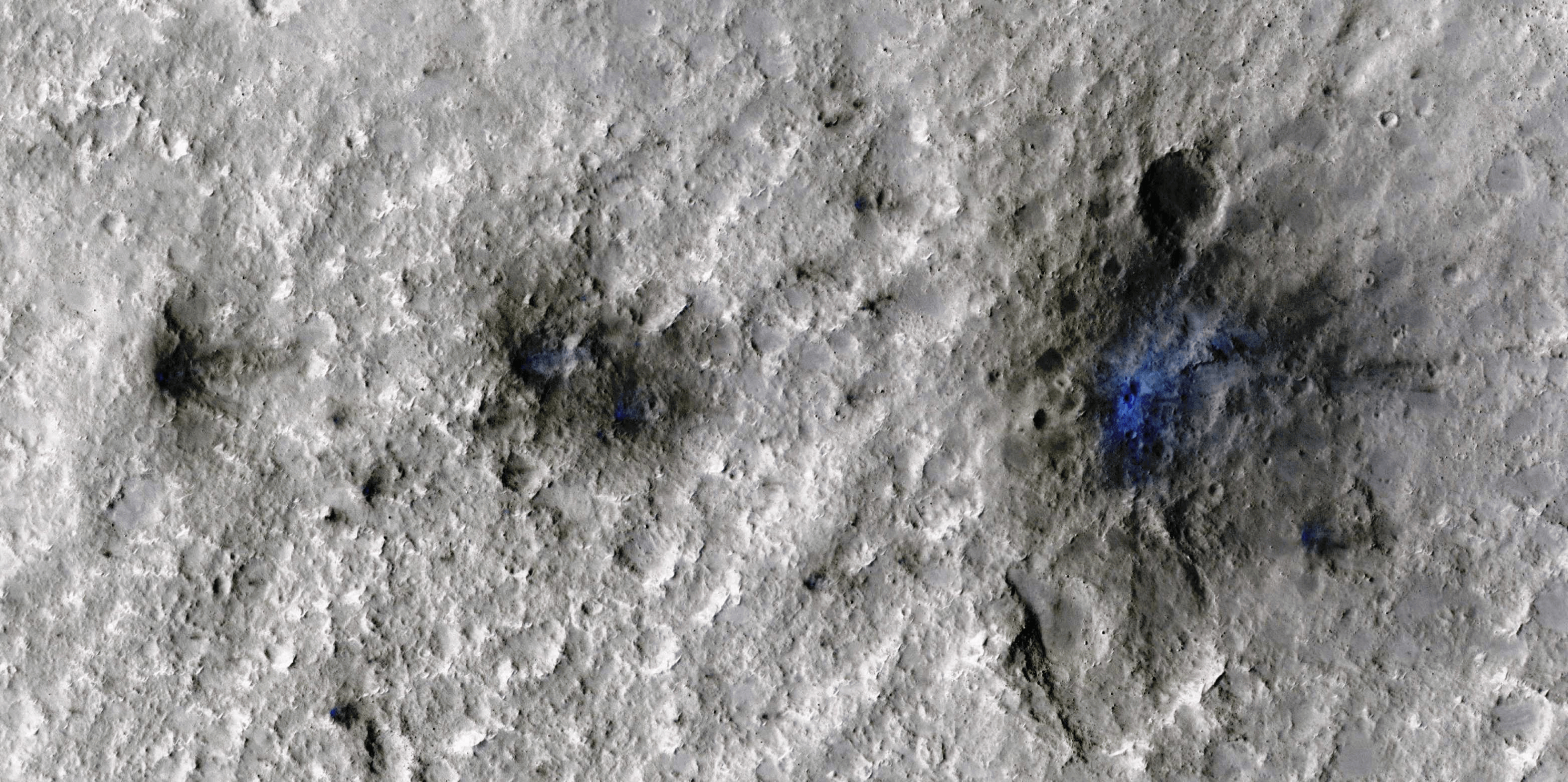
The quest to explore space
17.12.2024 by Michael Keller, Corporate Communications
Read more
Innovation & Industry
Inspired by space: Getting smart ideas off the ground
17.12.2024 by Corinne Johannssen, Corporate Communications
Read more
Space Research
Launch of space systems degree programme
17.12.2024 by Peter Rüegg, Corporate Communications
Read more
Events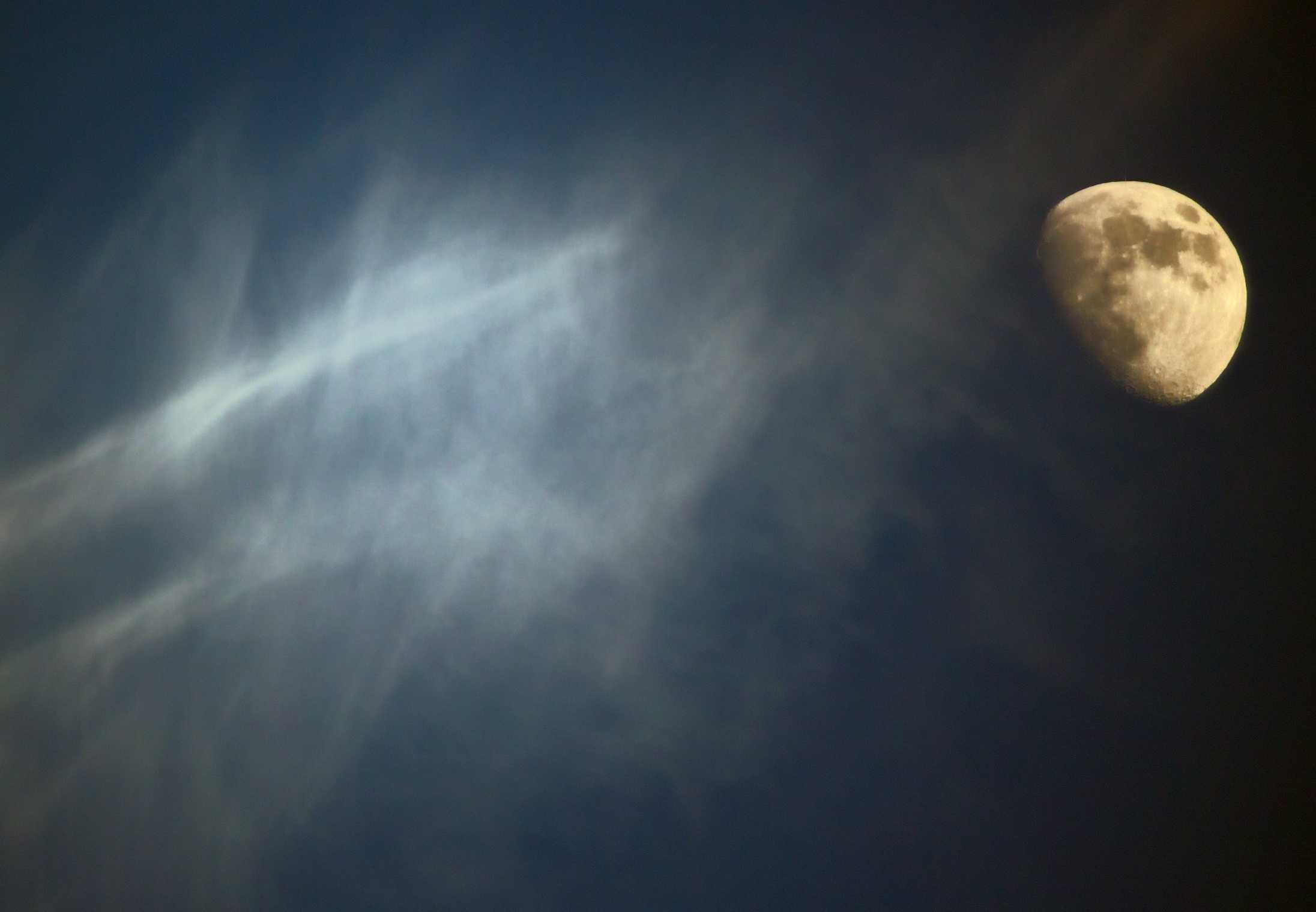
ETH Global Lecture Series: Who Owns the Moon?
07.10.2024 by Community & Outreach
Read more
Society & Institution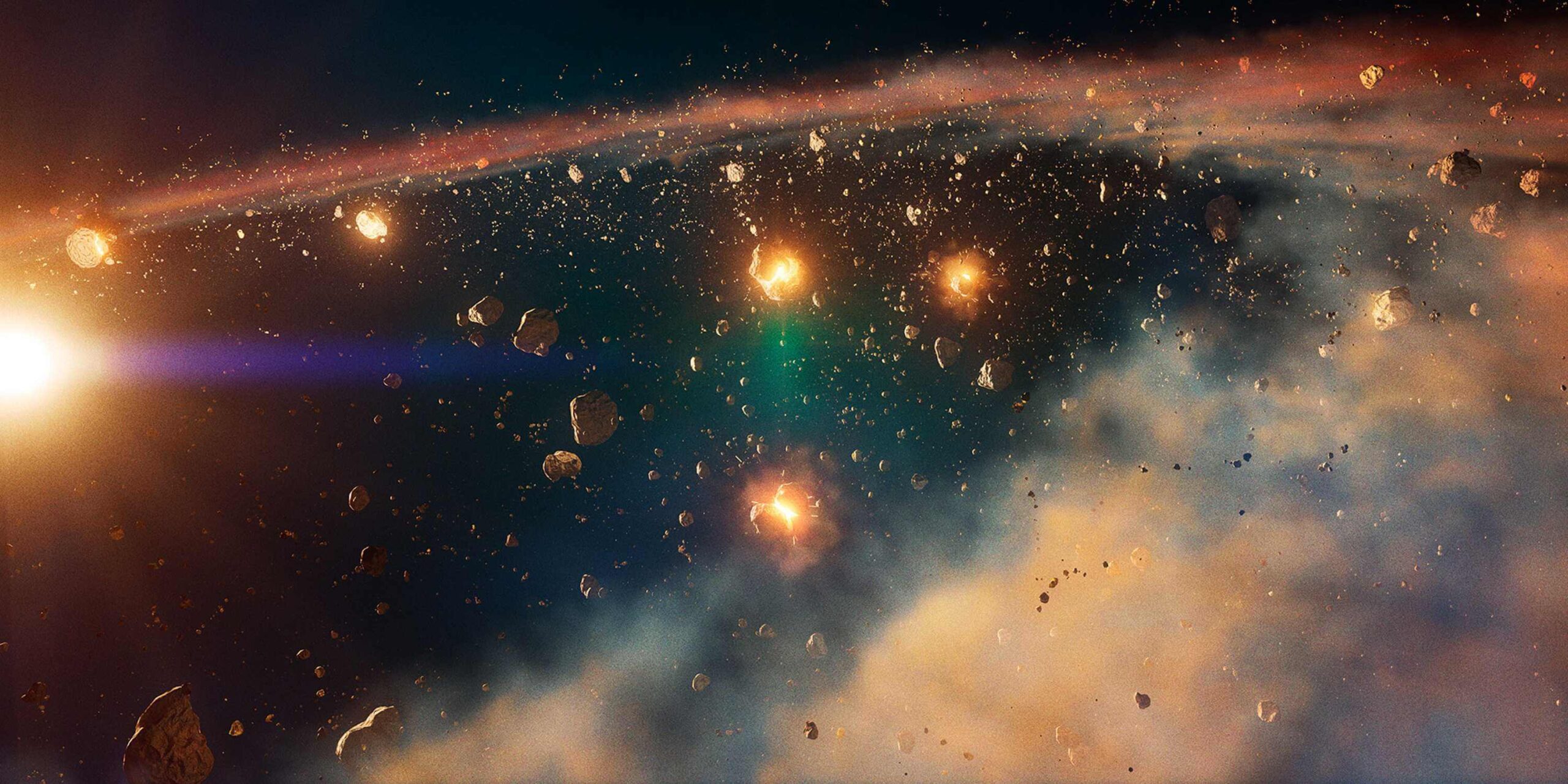
From Earth to distant worlds: ETH department is now called Earth and Planetary Sciences
05.08.2024 by Peter Rüegg. Corporate Communications
Read more
Research
Learning About Extraterrestrial Life Detection at NASA JPL
11.07.2024 by
Read more

New class of Mars quakes reveals daily meteorite strikes
28.06.2024 by Marianne Lucien
Read more
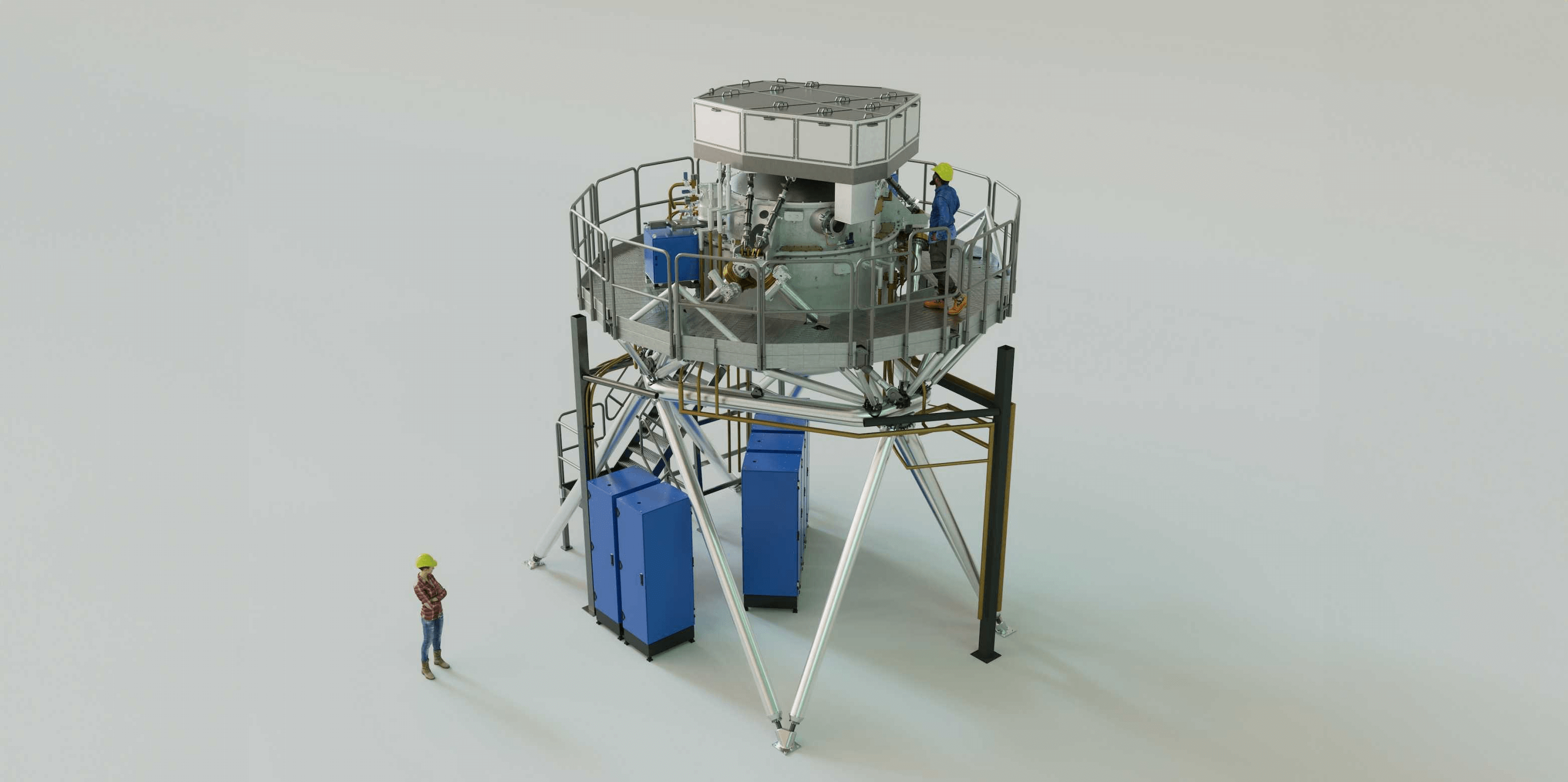
Final design of ELT’s METIS instrument completed
16.05.2024 by Anna Carmen Radi
Read more
Research
Life on Earth and Beyond
30.04.2024 by
Read more

Earth as a test object
26.02.2024 by Corinne Landolt and Gaia Donati
Read more
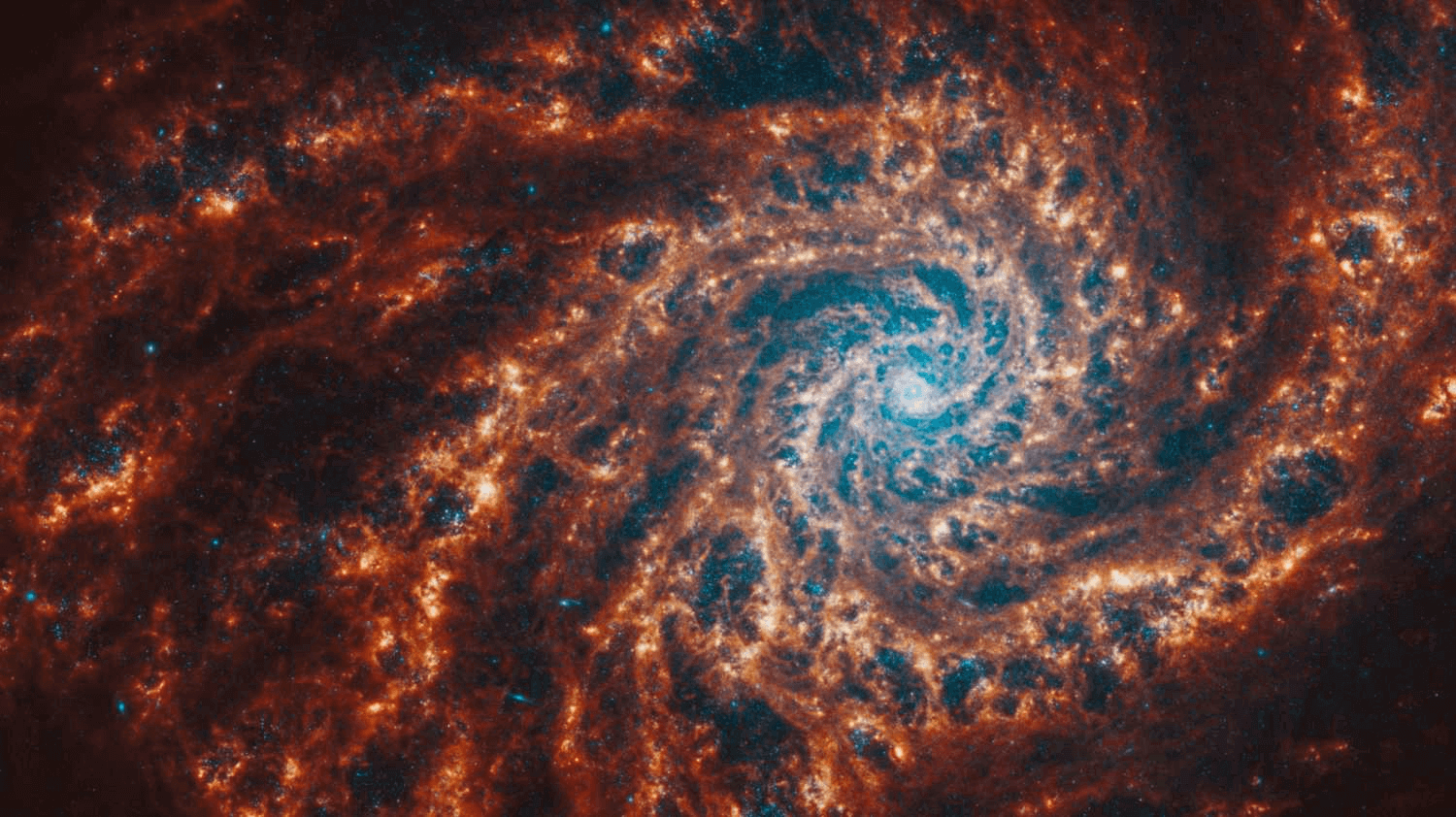
New Master’s in Space Systems to be launched in September
07.02.2024 by Michael Walther
Read more

A key experiment for the LIFE space mission
14.04.2023 by Felix Würsten
Read more
See all the news

